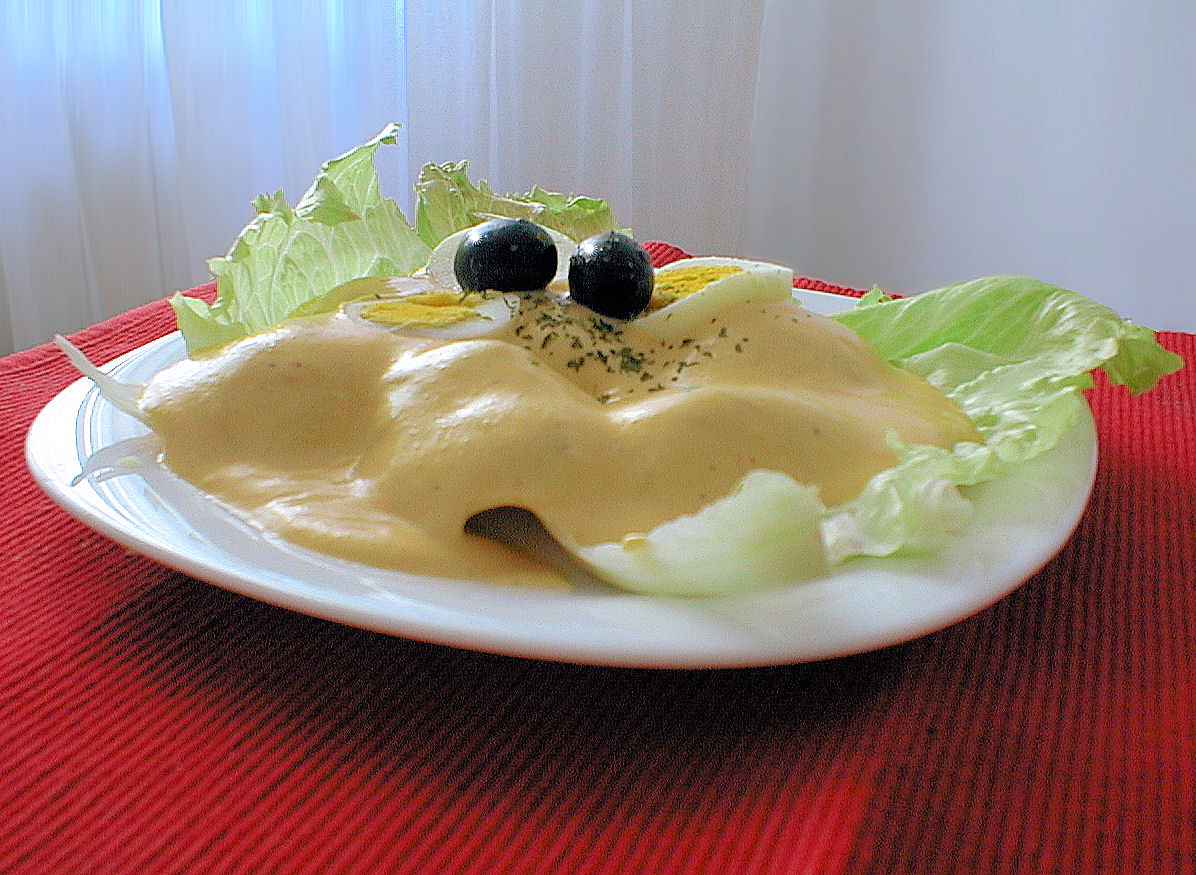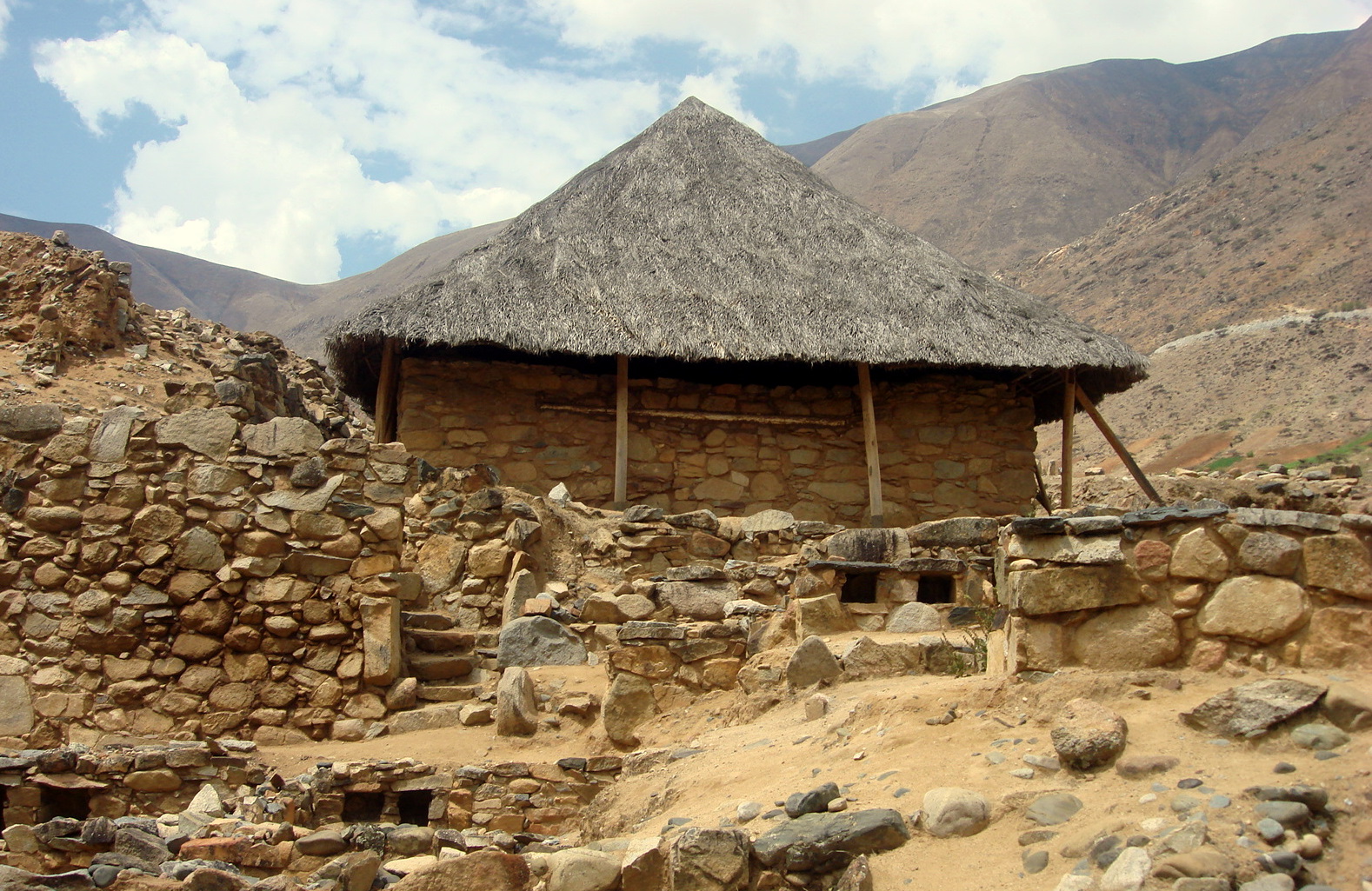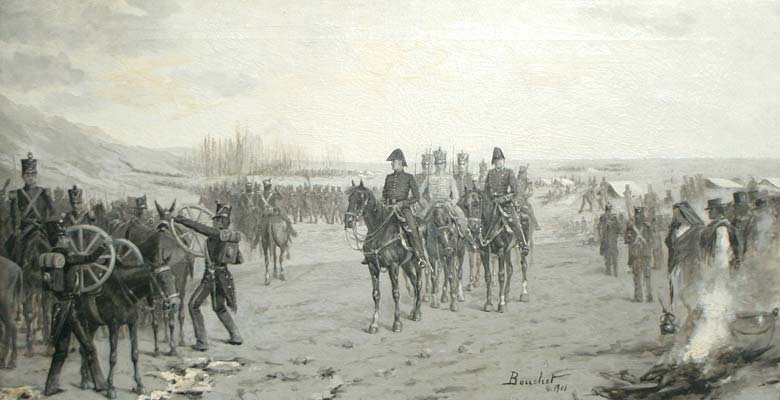|
Department Of Tarma
The Department of Tarma () was a short-lived department of the Protectorate of Peru that existed from 1821 to 1823, when it was annexed into the Department of Huánuco. History On February 12, 1821, by mandate of the so-called ''Reglamento Provisional'', the Department of Tarma was created in Huaura, integrated on the basis of the Intendancy of Tarma, a territorial district of the viceroyalty of Peru. The new department was only made up of the provinces of Tarma and Jauja since the northern provinces of the old intendancies (Conchucos, Huaylas, Huamalíes, Huánuco and Cajatambo) were grouped in the Department of Huaylas. The city of Tarma remained the capital of this department. The political foundation of this demarcation was carried out by José de San Martín. On November 4, 1823, during the government of José Bernardo de Tagle, the union of the territories of the departments of Tarma and Huaylas was established, naming it the "department of Huánuco", precursor of the ... [...More Info...] [...Related Items...] OR: [Wikipedia] [Google] [Baidu] |
Regions Of Peru
According to the ''Organic Law of Regional Governments'', the regions () are, with the departments, the first-level semi autonomous administrative subdivisions of Peru. Since its Peruvian War of Independence, 1821 independence, Peru had been divided into departments of Peru, departments (Regions) Peru’s 24 departments each have a regional government and legislature responsible for administration, economic planning, and public services. These governments operate with autonomy while still coordinating with national authorities. Each department is led by a regional governor, who is elected by popular vote for a four-year term. The governor is responsible for implementing regional policies, managing budgets, and overseeing infrastructure projects. Supporting the governor is the regional legislative council, composed of elected representatives from different provinces within the department. This council approves budgets, monitors public investments, and ensures government accountab ... [...More Info...] [...Related Items...] OR: [Wikipedia] [Google] [Baidu] |
Department Of Huaylas
The Department of Huaylas () was a short-lived department of the Protectorate of Peru that existed from 1821 to 1823, when it was annexed into the Department of Huánuco. It was later reestablished in 1835 and incorporated as a department of the Peru–Bolivian Confederation, being dissolved in 1839 along with the state. History On February 12, 1821, by order of the so-called ''Reglamento Provisional'' in Huaura, the department was created, integrated by the provinces of Huaylas, Cajatambo, , Huamalíes and Huánuco and with its capital in Huarás. Its first president was Toribio de Luzuriaga, with governor of Huaraz, Juan de Mata Arnao y García, ceding his office to him three months later. The political foundation of this demarcation was executed by the José de San Martín. However, on November 4, 1823, the government of José Bernardo de Tagle decided to unite the territories of the departments of Huaylas and Tarma, giving it the name "department of Huánuco." Santa re ... [...More Info...] [...Related Items...] OR: [Wikipedia] [Google] [Baidu] |
Former Subdivisions Of Peru
A former is an object, such as a template, gauge or cutting Cutting is the separation or opening of a physical object, into two or more portions, through the application of an acutely directed force. Implements commonly used for wikt:cut, cutting are the knife and saw, or in medicine and science the sca ... die, which is used to form something such as a boat's Hull (watercraft), hull. Typically, a former gives shape to a structure that may have complex curvature. A former may become an integral part of the finished structure, as in an aircraft fuselage, or it may be removable, being used in the construction process and then discarded or re-used. Aircraft formers Formers are used in the construction of aircraft fuselage, of which a typical fuselage has a series from the nose cone to the empennage, typically perpendicular to the Flight control surfaces#Longitudinal_axis, longitudinal axis of the aircraft. The primary purpose of formers is to establish the shape of the fusel ... [...More Info...] [...Related Items...] OR: [Wikipedia] [Google] [Baidu] |
Cerro De Pasco
Cerro de Pasco is a city in central Peru, located at the top of the Andean Mountains. It is the capital of both the Pasco Province and the Department of Pasco, and an important mining center of silver, copper, zinc and lead. At an elevation of , it is one of the highest cities in the world, and with a population of 58,899, it is the highest or the second highest city with over 50,000 inhabitants. The elevation reaches up to in the Yanacancha area. The city has a very intense cold climate and it is connected by road and by rail (via Ferrocarril Central Andino) to the capital Lima, away. Its urban area is formed by the districts of Chaupimarca, Yanacancha and Simón Bolívar. Mining center Originally known as Villa de Pasco, the settlement's origins were as a mining town dating from 1578. Cerro de Pasco became one of the world's richest silver producing areas after silver was discovered there in 1630. It is still an active mining center. The Spanish mined the rich Cerro ... [...More Info...] [...Related Items...] OR: [Wikipedia] [Google] [Baidu] |
Royal Army Of Peru
The Royal Army of Peru (), also known as the National Army (), was the army organised by the viceroy of Peru, José Fernando de Abascal, to protect the Hispanic Monarchy in the Viceroyalty of Peru—and its surrounding provinces of Charcas, Chile and Quito—of the revolutions that convulsed the Spanish Empire at the beginning of the 19th century. This army was made up of 80% Creoles and indigenous Peruvians. See also *Peruvian War of Independence The Peruvian War of Independence () was a series of military conflicts in Peru from 1809 to 1826 that resulted in the country's independence from the Spanish Empire. Part of the broader Spanish American wars of independence, it led to the dis ... * United Liberating Army of Peru References {{reflist Peruvian War of Independence 1804 establishments in South America 1826 disestablishments ... [...More Info...] [...Related Items...] OR: [Wikipedia] [Google] [Baidu] |
Battle Of Junín
The Battle of Junín was a large cavalry engagement of the Peruvian War of Independence, fought in the highlands of the Junín Region on 6 August 1824. The preceding February the royalists had regained control of Lima, and having regrouped in Trujillo, Simón Bolívar in June led his rebel forces south to confront the Spanish under Field Marshal José de Canterac. The two armies met on the Plain of Junín in the , northwest of the Jauja Valley. Battle Bolivar sent some 8,000 soldiers, in a hurry to try to cut the royalist retreat towards Cusco, also with a force 8,000 soldiers. Bolivar also sent out his 1,000-strong cavalry to delay the movement of Spanish troops out of the Plain of Junín. The Spanish sent out their cavalry of some 1,300 riders to disrupt the incoming patriot cavalry to give Canterac time to withdraw his infantry from the plain. The plain is a marshland close to Junín Lake at around 4,100 meters over sea level. The patriot troops were trying to arrange f ... [...More Info...] [...Related Items...] OR: [Wikipedia] [Google] [Baidu] |
Department Of Junín
Junín () is a Departments of Peru, department and Political division of Peru, region in the central highland (geography), highlands and westernmost Peruvian Amazon. Its capital is Huancayo. Geography The region has a very heterogeneous topography. The western cordillera, range located near the border with the Lima Region, has snowy and ice-covered peaks. On the east, there are high glacier valleys which end up in high plateaus (''Altiplano''). Among them is the Junín Plateau that is located between the cities of La Oroya and Cerro de Pasco. The Mantaro Valley becomes wider before Jauja up to the limit with the Huancavelica Region. This area concentrates a large share of the region's population. Towards the east, near the jungle, there is an abundance of narrow and deep canyons, with highly inclined hillsides, covered by woods under low-lying clouds. The Waytapallana mountain range is located in the south central area of the region. This range holds a great fault which is ... [...More Info...] [...Related Items...] OR: [Wikipedia] [Google] [Baidu] |
Simón Bolívar
Simón José Antonio de la Santísima Trinidad Bolívar y Palacios (24July 178317December 1830) was a Venezuelan statesman and military officer who led what are currently the countries of Colombia, Venezuela, Ecuador, Peru, Panama, and Bolivia to independence from the Spanish Empire. He is known colloquially as ''El Libertador'', or the ''Liberator of America''. Simón Bolívar was born in Caracas in the Captaincy General of Venezuela into a wealthy family of American-born Spaniards (Criollo people, criollo) but lost both parents as a child. Bolívar was educated abroad and lived in Spain, as was common for men of upper-class families in his day. While living in Madrid from 1800 to 1802, he was introduced to Enlightenment philosophy and married María Teresa Rodríguez del Toro y Alaysa, who died in Venezuela from yellow fever in 1803. From 1803 to 1805, Bolívar embarked on a Grand Tour that ended in Rome, where he swore to end the Spanish America, Spanish rule in the Amer ... [...More Info...] [...Related Items...] OR: [Wikipedia] [Google] [Baidu] |
Department Of Huánuco
Huánuco () is a Political division of Peru, department and region in central Peru. It is bordered by the La Libertad Region, La Libertad, San Martín Region, San Martín, Loreto Region, Loreto and Ucayali Region, Ucayali regions in the north, the Ucayali Region in the east, the Pasco Region in the south and the Lima Region, Lima and Ancash Region, Ancash regions in the west. Its capital is the city Huánuco. Huánuco has a rough topography comprising parts of the Sierra (Peru), Sierra and the High Jungle (mountain rim) regions. Being equidistant from the north and the south of the country, it has the privilege of having a mild weather with an average annual temperature of 20 °C (68 °F). This region is important for its geographical location, history, and for the richness of its land, where the presence of man goes back to ancient times. ''El Hombre de Lauricocha'' (Man of Lauricocha Culture, Lauricocha) is among the most distinctive examples, dating from 10,000 BC, ... [...More Info...] [...Related Items...] OR: [Wikipedia] [Google] [Baidu] |
José Bernardo De Tagle
José is a predominantly Spanish and Portuguese form of the given name Joseph. While spelled alike, this name is pronounced very differently in each of the two languages: Spanish ; Portuguese (or ). In French, the name ''José'', pronounced , is an old vernacular form of Joseph, which is also in current usage as a given name. José is also commonly used as part of masculine name composites, such as José Manuel, José Maria or Antonio José, and also in female name composites like Maria José or Marie-José. The feminine written form is ''Josée'' as in French. In Netherlandic Dutch, however, ''José'' is a feminine given name and is pronounced ; it may occur as part of name composites like Marie-José or as a feminine first name in its own right; it can also be short for the name ''Josina'' and even a Dutch hypocorism of the name ''Johanna''. In England, Jose is originally a Romano-Celtic surname, and people with this family name can usually be found in, or traced to, the ... [...More Info...] [...Related Items...] OR: [Wikipedia] [Google] [Baidu] |
José De San Martín
José Francisco de San Martín y Matorras (; 25 February 177817 August 1850), nicknamed "the Liberator of Argentina, Chile and Peru", was an Argentine general and the primary leader of the southern and central parts of South America's successful struggle for independence from the Spanish Empire who served as the Protector of Peru. Born in Yapeyú, Corrientes, in modern-day Argentina, he left the Viceroyalty of the Río de la Plata at the early age of seven to study in Málaga, Spain. In 1808, after taking part in the Peninsular War against France, San Martín contacted South American supporters of independence from Spain in London. In 1812, he set sail for Buenos Aires and offered his services to the United Provinces of the Río de la Plata, present-day Argentina and other countries. After the Battle of San Lorenzo and time commanding the Army of the North during 1814, he organized a plan to defeat the Spanish forces that menaced the United Provinces from the north, us ... [...More Info...] [...Related Items...] OR: [Wikipedia] [Google] [Baidu] |
Viceroyalty Of Peru
The Viceroyalty of Peru (), officially known as the Kingdom of Peru (), was a Monarchy of Spain, Spanish imperial provincial administrative district, created in 1542, that originally contained modern-day Peru and most of the Spanish Empire in South America, governed from the capital of Lima. Along with the Viceroyalty of New Spain, Peru was one of two Spanish Viceroyalty, viceroyalties in the Americas from the sixteenth to the eighteenth centuries. The Spanish did not resist the Portuguese colonization of the Americas, Portuguese expansion of Brazil across the meridian established by the Treaty of Tordesillas. The treaty was rendered meaningless between 1580 and 1640 while Iberian Union, Spain controlled Portugal. The creation during the 18th century of the Viceroyalties of Viceroyalty of New Granada, New Granada and Viceroyalty of the Río de la Plata, Río de la Plata (at the expense of Peru's territory) reduced the importance of Lima and shifted the lucrative Andean trade t ... [...More Info...] [...Related Items...] OR: [Wikipedia] [Google] [Baidu] |





